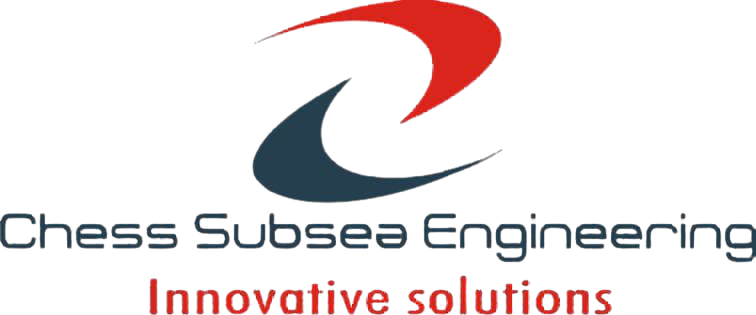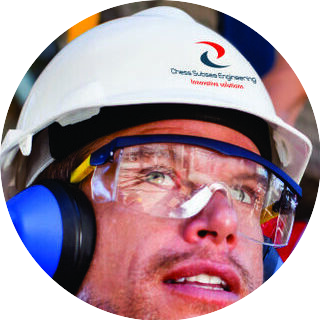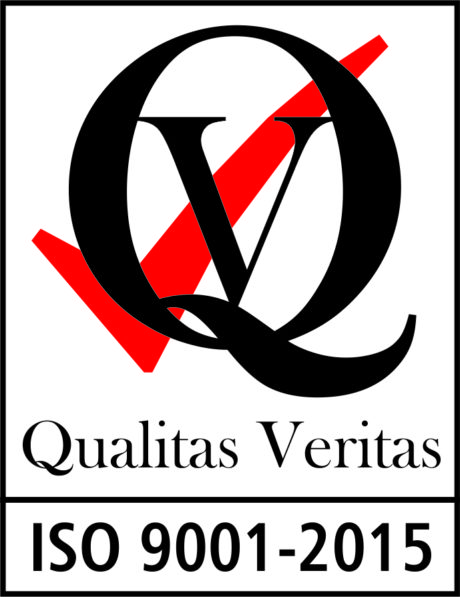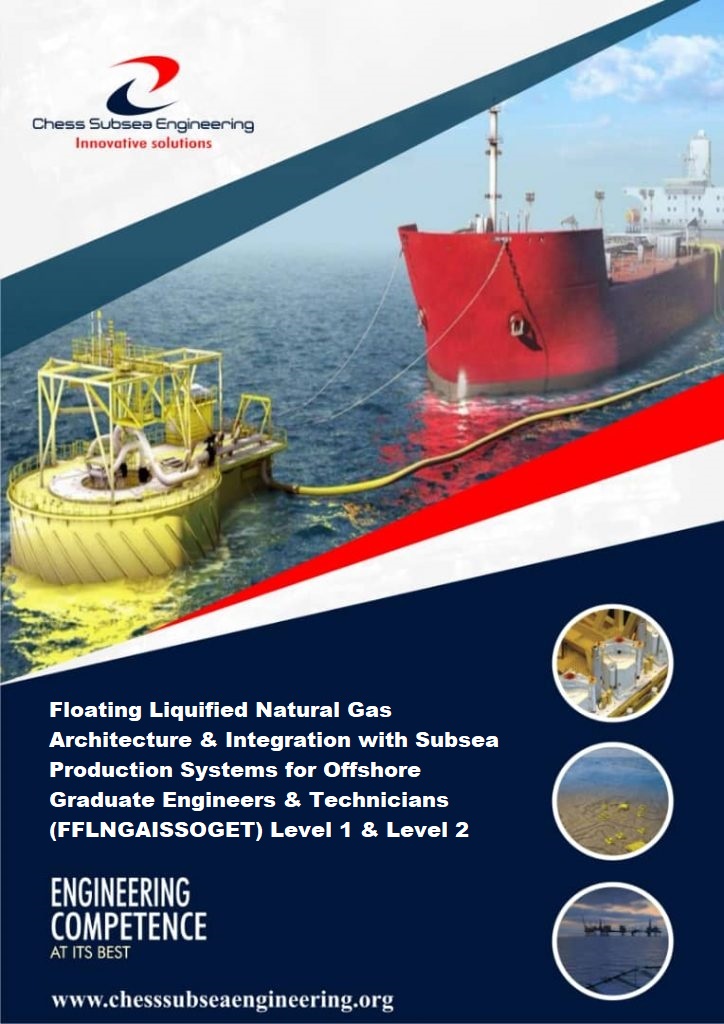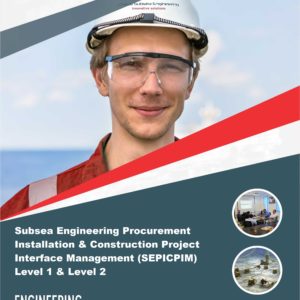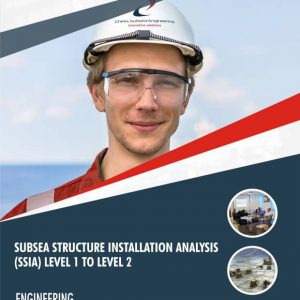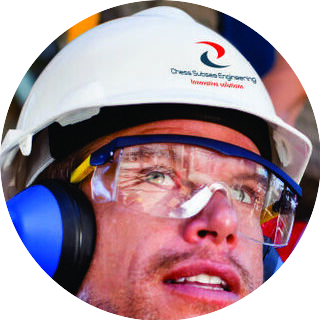Description
Global energy demand is expected to grow by 30% between 2015 and 2040, according to the International Energy Agency (IEA) New Policies Scenario. FLNG will help to meet this growing demand, by providing more natural gas.Floating liquefied natural gas (FLNG) technology is complementary to conventional onshore liquefied natural gas (LNG) as it helps to accelerate the development of gas resources to meet the world’s growing demand.
Floating liquefied natural gas (FLNG) refers to a type of offshore platform that is designed to extract, liquefy, and store natural gas from offshore gas fields. Unlike traditional onshore LNG plants, FLNG facilities are built on large vessels or barges, which are capable of floating on water and being moored at a location close to the gas field.
Floating Liquified Natural Gas Architecture & Integration with Subsea Production Systems for Offshore Graduate Engineers & Technicians (FFLNGAISSOGET) Level 1 & Level 2 covers how FLNG Works, safety, drawbacks, history, Perspective trends of the implementation of FLNG, FLNG Natural Gas Processing Architecture, Acid Gas Removal Process, Dehydration, Mercury Removal, Nitrogen Rejection, NGL Recovery, Fractionation Train, Gas Sweetening Process, FLNG Process Technologies for LNG Production, Refrigeration Cycles, Inverted Brayton Cycle, Compression Refrigeration Cycle, Mixed Refrigerant, Single Mixed Refrigerant (SMR), Dual Mixed Refrigerant (DMR) and more.
FFLNGAISSOGET Level 1 & Level 2 is designed to provide detailed knowledge of Floating Liquified Natural Gas Architecture & Integration with Subsea Production Systems and will assist those who are switching or enhancing their career into this sector.
Course Outlines
Introduction to FLNG
What is Liquefied Natural Gas
Benefit of Liquefied Natural Gas
How does FLNG Works
Safety on FLNG
Drawbacks of FLNG
History of FLNG
First Floating LNG in the World
Perspective trends of the implementation of FLNG
FLNG Natural Gas Processing Architecture
Acid Gas Removal Process
Dehydration
Mercury Removal
Nitrogen Rejection
NGL Recovery
Fractionation Train
Gas Sweetening Process
Refrigeration Cycles
Inverted Brayton Cycle
Compression Refrigeration Cycle
Mixed Refrigerant
Single Mixed Refrigerant (SMR)
Dual Mixed Refrigerant (DMR)
Technical Support References
Ref 1: Introduction to Floating Liquified Natural Gas
Ref 2: FLNG Natural Gas Processing Architecture & Subsea Systems Integration
Ref 3: Process Technologies for FLNG Production
Ref 4: FLNG Refrigeration Cycles
Ref 5: FLNG Single Mixed Refrigerant
Ref 6: FLNG Dual Mixed Refrigerant
Ref 7: FLNG Inverted Brayton Cycle
Ref 8: FLNG Subsea Production Systems
Ref 9: FLNG Inspection Steps with JSA
Ref 10: FLNG Maintenance Steps with JSA
Ref 11: FLNG Repair Steps with JSA
Ref 12: A Case Study of FLNG IMR
Assessment
Participant underpinning knowledge of Floating Liquified Natural Gas Architecture & Integration with Subsea Production Systems will be accessed with short answer multiple-choice questionnaire at the conclusion of the course.
Outcome
Participants will gain an in debt understanding of Floating Liquified Natural Gas Architecture & Integration with Subsea Production Systems. They will also be able to function with minimum supervision as Production Engineer, Gas Engineers or Production Technicians for Operating companies (usually oil companies) that hold exploration and production licences, FLNG companies, and LNG plant construction facilities.
Professional Certificate
Issued directly by Chess Subsea Engineering Europe.
Participant may be presented for Offshore Petroleum Training Organization (OPITO) Certification.
How to Register
Click here to download registeration booklet on msword and email completed booklet to info@chesssubseaengineering.org directly.
